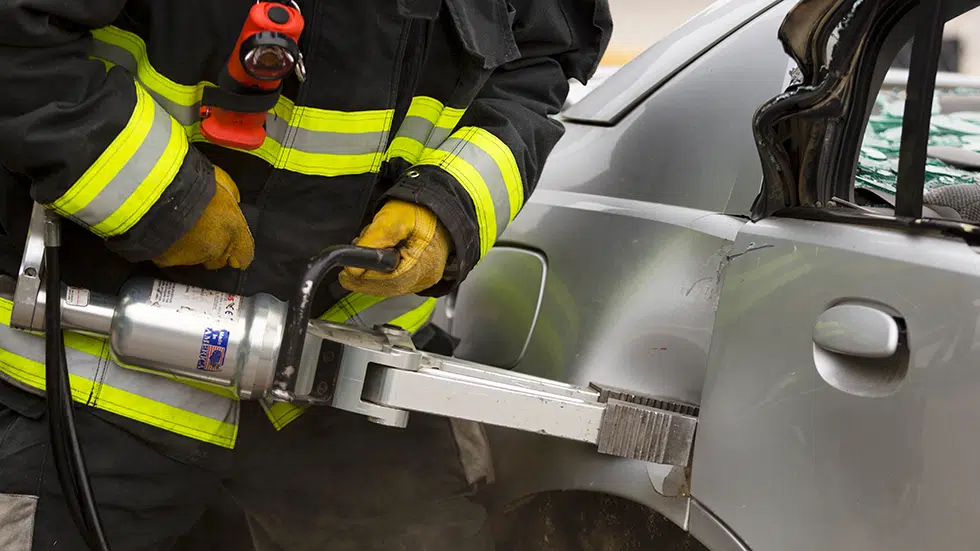
Firefighters conduct extraction training
Firefighters in Prince Albert did a training exercise to work with one of their most important extraction tools.
During Fire Prevention Week, firefighters demonstrated the sheer power of their hydraulic tools, including the Jaws of Life. Battalion Chief Alex Paul said firefighters in Prince Albert train with their extraction tools many times through the year.
“We will probably bring in half a dozen vehicles per shift to cut apart,” Paul said. “The rest of the days there’s other disciplines we have to keep up to date on.”
Paul said firefighters deploy extraction tools in real-life situations 10 to 15 times per year.


